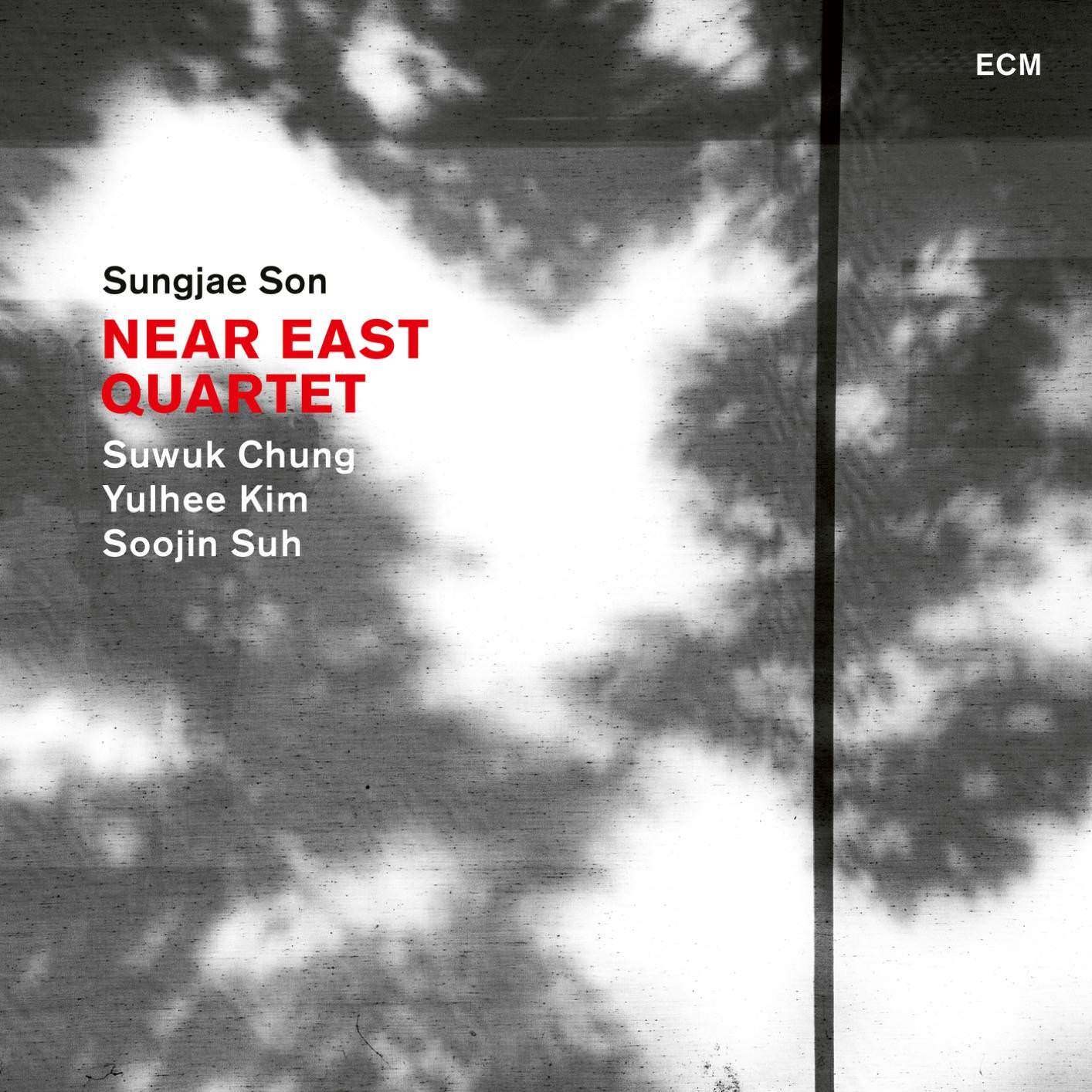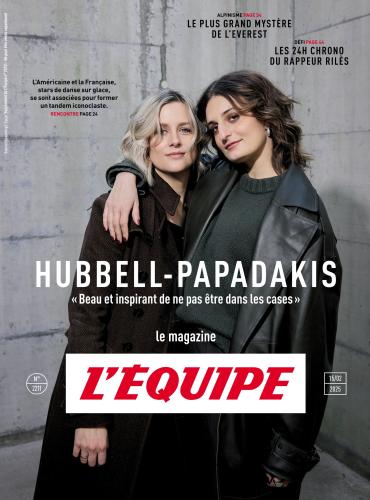
Sungjae Son, Suwuk Chung, Yulhee Kim & Soojin Suh – Near East Quartet (2018)
FLAC (tracks) 24 bit/88,2 kHz | Time – 36:37 minutes | 671 MB | Genre: Jazz
Studio Masters, Official Digital Download | Digital Booklet, Front Cover | © ECM
The Near East Quartet has been a force in Korean music since 2010, juxtaposing elements of contemporary jazz and traditional Korean music with pure sound exploration to create new forms. Saxophonist/clarinettist Sungjae Son and guitarist Suwuk Chung have been members from the outset, and the group has been strengthened with the integration of pansori singer Yulhee Kim and highly creative drummer Soojin Suh. On their ECM debut the NEQ plays five compositions by Sungjae Son and three Korean traditionals. Near East Quartet was recorded in Seoul, and mixed at Studios La Buissonne. Producer: Sun Chung.
The ECM debut of the Near East Quartet was recorded in Seoul in December 2016. The group, however, has been a force in Korean creative music since 2009, when leader-saxophonist-composer Sungjae Son formed the band with guitarist Suwuk Chung. Singer-percussionist Yulhee Kim and drummer Soojin Suh joined the group in 2015, helping the ensemble get closer to Son’s original vision of a natural music informed by improvisation and drawing upon gugak, the multi-facetted traditional music of Korea.
Together the four musicians play a floating music of drifting texture and slowly-blossoming sound colours, expressed through distortion saturated guitar sounds, the delicate tracery of Son’s saxophone, and abstract playing from the drums. Yulhee Kims’s evocative voice conveys messages from pansori epics and folk song. Kim also contributes to the improvisatory flow as percussionist, and on one piece, “Baram”, the quartet is augmented by Sori Choi on traditional Korean percussion.
Sungjae Son and Suwuk Chung met each other as Koreans abroad, in Boston, where both were studying. Sungjae was at the Berklee School and Suwuk at the New England Conservatory. “We didn’t really talk, then,” Sungjae recalls. “I was very much into bebop at the time, and Suwuk was more into fusion guitar and some Third Stream ideas [George Russell was among Suwuk’s teachers], and we didn’t find a common interest or background. It wasn’t until many years later when we were back in Korea that we ended up playing a gig together. After the concert I talked to him about wanting to make music with a completely fresh and different approach, and that was the start of the Near East Quartet.”
Meanwhile, Soojin Suh was beginning to make waves as the most interesting young female drummer on the Seoul jazz scene. Sungjae: “She was a very promising musician, and already quite famous in Korea. Everybody wanted to play with her. And then she, too, left to study in the USA. When she returned she had really grown as a player, and I just fell in love with her sound. She is the one and only drummer in Korea for me.”
For the way in which she implies a beat more often than she states it, Suwuk Chung compares Soojin Suh’s drumming to Paul Motian’s. In the Near East Quartet Suh faces special challenges when paraphrasing aspects of traditional Korean music, where percussion roles proceed along a different basis from the grid-like metrical organization of jazz’s time signatures.
Soojin Suh talks about the necessity of reduction in this context: “What I try to do is think about what I’m not going to play. I think about what I must remove in this or that part of the music. I listen to the very slow Korean traditional music and the way they play or pound; the way the music breathes is very attractive to me.” She emphasizes that the aspect she wanted to approximate was the often unstated “deep sense of pulse in Korean traditional music.”
Sound and space and silence are important factors in traditional Korean understanding of rhythm, Suwuk Chung agrees, “and forward motion has more to do with the length of a breath than with Western ideas of time keeping. This is one of the elements we are trying to resonate in our group.” This applies both to the traditional music the group has adapted and to Sungjae’s thoughtful compositions, which sometimes take inspiration from the charged emptiness of oriental painting. Before taking off as an improviser, Sungjae majored in composition, “studying everything from Gregorian chant to Schoenberg. I spent a lot of time with 12-tone music and serial music. But I also listened to Korean traditional music, and to jazz. My graduation recital was dedicated to Ornette Coleman.”
After coming back from the States and his bebop period, Sungjae Son played for a couple of years with one of the masters of Korean percussion, Kim Duk Soo of the SamulNori ensemble, known to ECM listeners for Then Comes The White Tiger the collaboration with US-Austrian group Red Sun with Linda Sharrock, Wolfgang Puschnig and Jamaaladeen Tacuma. “Kim Duk Soo was reviving the Red Sun idea. Two different elements put side by side – it didn’t feel right to me, or it wasn’t enough. In our group I want to keep the focus on what is natural for us.” He emphasizes the importance of shaping an unforced, organic-sounding music.
Yulhee Kim was “singing and dancing, playing percussion and doing something like Korean shamanism” when Sungjae first encountered her in performance. “I was very interested in the shamanic ritual music at that time, and so I asked her to join the band.”
Suwuk Chung: “When we rehearsed the new music that Sungjae came up with, we had to come out of our contexts – modern jazz and improvisation on our side, and Yulhee Kim out of Korean traditional music. We tried to find a common space. That was challenging. You don’t usually listen to female pansori voice with rock guitar sound, without pulse! It was hard to frame those elements in one context. Soojin helped to find the threads between them.”
European audiences will get their first opportunity to hear the group’s aesthetic blend live in November, when the Near East Quartet plays dates including the London Jazz Festival.
The Near East Quartet’s ECM debut was recorded at Seoul’s Stradeum studio, then mixed at Studios La Buissonne in the South of France by Nicolas Baillard, Manfred Eicher and album producer Sun Chung.
Tracklist:
1. Ewha 03:27
2. Mot 06:09
3. Baram 04:31
4. Galggabuda 03:44
5. Garam 03:58
6. Pa:do 04:50
7. Ebyul 03:26
8. Jinyang 06:32
Personnel:
Sungjae Son, tenor saxophone, bass clarinet
Suwuk Chung, guitar
Yulhee Kim, vocals
Soojin Suh, drums
Download:
mqs.link_SungjaeSnSuwukChungYulheeKimSjinSuhNearEastQuartet20182488.2.rar




















![Ricardo Villalobos, Max Loderbauer - Re: ECM (2011) [Qobuz FLAC 24bit/44,1kHz] Ricardo Villalobos, Max Loderbauer - Re: ECM (2011) [Qobuz FLAC 24bit/44,1kHz]](https://getimg.link/images/imgimgimg/uploads/2018/04/dM2ZvVE.jpg)
![Arild Andersen - Celebration (2012) [Qobuz FLAC 24bit/48kHz] Arild Andersen - Celebration (2012) [Qobuz FLAC 24bit/48kHz]](https://getimg.link/images/imgimgimg/uploads/2018/01/9YEpImv.jpg)
![Yeahwon Shin - Lua Ya (2013) [HighResAudio FLAC 24bit/88,2kHz] Yeahwon Shin - Lua Ya (2013) [HighResAudio FLAC 24bit/88,2kHz]](https://getimg.link/images/imgimgimg/uploads/2017/09/mtxxdad.jpg)
![Ornette Coleman - The Atlantic Years (2018) [AcousticSounds FLAC 24bit/192kHz] Ornette Coleman - The Atlantic Years (2018) [AcousticSounds FLAC 24bit/192kHz]](https://getimg.link/images/imgimgimg/uploads/2018/11/2ZFbQJs.jpg)
![Allan Holdsworth - The Man Who Changed Guitar Forever (2017) [Qobuz FLAC 24bit/96kHz] Allan Holdsworth - The Man Who Changed Guitar Forever (2017) [Qobuz FLAC 24bit/96kHz]](https://getimg.link/images/imgimgimg/uploads/2018/05/w9aTD0E.jpg)
![Miles Davis - Miles at The Fillmore: Miles Davis 1970: The Bootleg Series, Vol. 3 (1970/2015) [FLAC 24bit/96kHz] Miles Davis - Miles at The Fillmore: Miles Davis 1970: The Bootleg Series, Vol. 3 (1970/2015) [FLAC 24bit/96kHz]](https://getimg.link/images/imgimgimg/uploads/2019/11/hkpb7fi.jpg)
![Marcin Wasilewski Trio - January (2008/2017) [FLAC 24bit/96kHz] Marcin Wasilewski Trio - January (2008/2017) [FLAC 24bit/96kHz]](https://getimg.link/images/imgimgimg/uploads/2019/05/Bzxnk4V.jpg)
![Thomas Stronen, Iain Ballamy (Food) - Mercurial Balm (2012) [Qobuz FLAC 24bit/96kHz] Thomas Stronen, Iain Ballamy (Food) - Mercurial Balm (2012) [Qobuz FLAC 24bit/96kHz]](https://getimg.link/images/imgimgimg/uploads/2018/09/8ABFJul.jpg)
![Thomas Stronen, Iain Ballamy (Food) - Mercurial Balm (2012) [Qobuz FLAC 24bit/96kHz] Thomas Stronen, Iain Ballamy (Food) - Mercurial Balm (2012) [Qobuz FLAC 24bit/96kHz]](https://getimg.link/images/imgimgimg/uploads/2019/07/8ABFJul.jpg)
![Gary Burton - Seven Songs For Quartet and Chamber Orchestra (1974/2014) [Qobuz FLAC 24bit/96kHz] Gary Burton - Seven Songs For Quartet and Chamber Orchestra (1974/2014) [Qobuz FLAC 24bit/96kHz]](https://getimg.link/images/imgimgimg/uploads/2018/02/KShq3WY.jpg)
![Giovanni Guidi, Gianluca Petrella, Louis Sclavis, Gerald Cleaver - Ida Lupino (2016) [Qobuz FLAC 24bit/96kHz] Giovanni Guidi, Gianluca Petrella, Louis Sclavis, Gerald Cleaver - Ida Lupino (2016) [Qobuz FLAC 24bit/96kHz]](https://getimg.link/images/imgimgimg/uploads/2018/02/RDZhWi6.jpg)
![Ferenc Snetberger - In Concert (2016) [Qobuz FLAC 24bit/96kHz] Ferenc Snetberger - In Concert (2016) [Qobuz FLAC 24bit/96kHz]](https://getimg.link/images/imgimgimg/uploads/2018/09/ztc6bDc.jpg)
![Nathan East - Reverence (2017) [HDTracks FLAC 24bit/96kHz] Nathan East - Reverence (2017) [HDTracks FLAC 24bit/96kHz]](https://getimg.link/images/imgimgimg/uploads/2019/01/Y7OHrZr.jpg)
![Colin Vallon, Patrice Moret, Samuel Rohrer - Rruga (2011) [HDTracks FLAC 24bit/44,1kHz] Colin Vallon, Patrice Moret, Samuel Rohrer - Rruga (2011) [HDTracks FLAC 24bit/44,1kHz]](https://getimg.link/images/imgimgimg/uploads/2018/02/u3LfOUb.jpg)
![Paul Motian with Bill Frisell, Joe Lovano & Charlie Haden - Standards Plus One (2015) [Qobuz FLAC 24bit/44,1kHz] Paul Motian with Bill Frisell, Joe Lovano & Charlie Haden - Standards Plus One (2015) [Qobuz FLAC 24bit/44,1kHz]](https://getimg.link/images/imgimgimg/uploads/2019/07/qluagTM.jpg)